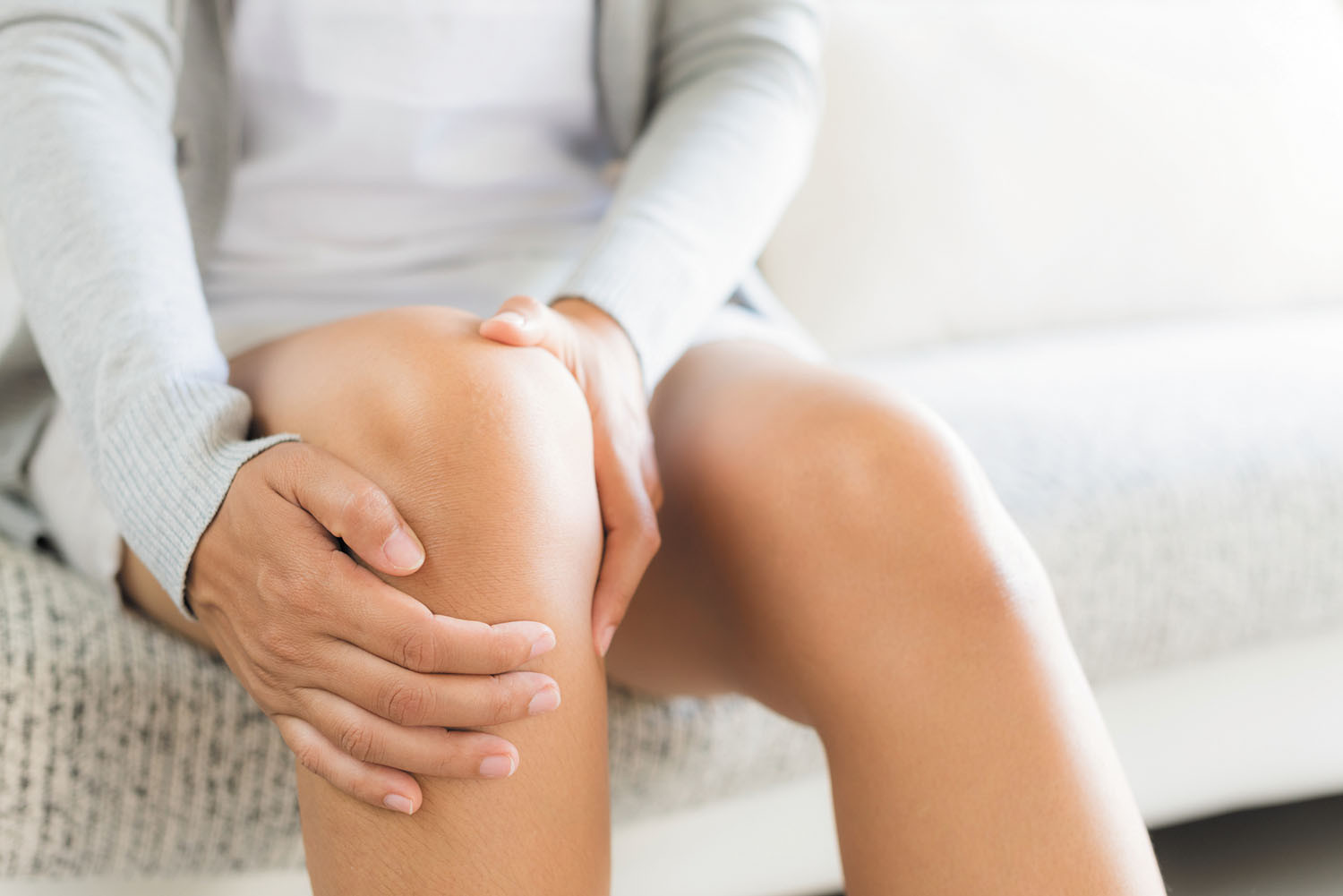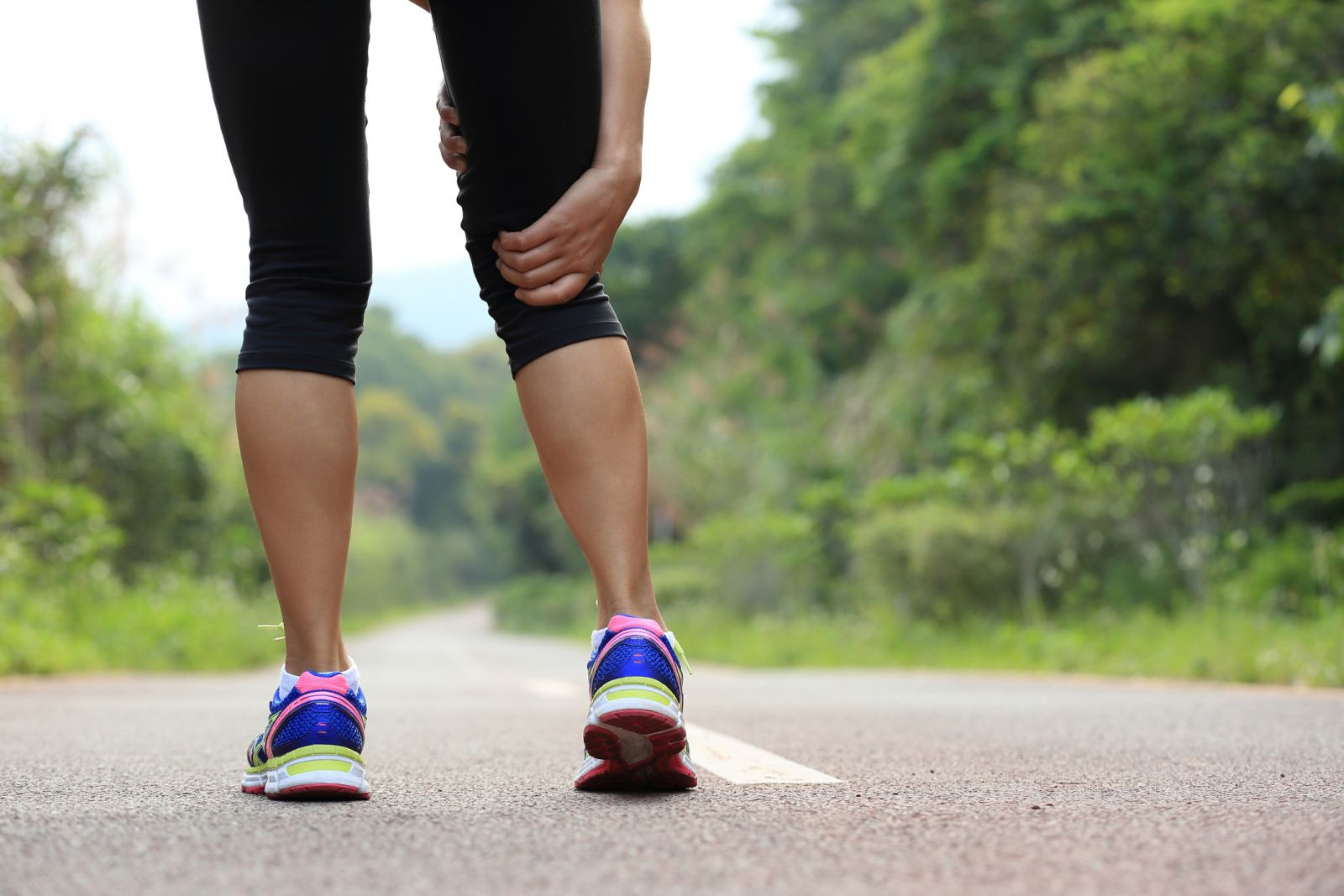
5 timeless habits for better health

What are the symptoms of prostate cancer?

Is your breakfast cereal healthy?

When pain signals an emergency: Symptoms you should never ignore

Does exercise give you energy?

Acupuncture for pain relief: How it works and what to expect

How to avoid jet lag: Tips for staying alert when you travel

Biofeedback therapy: How it works and how it can help relieve pain

Best vitamins and minerals for energy

Should you take probiotics with antibiotics?
Pain Archive
Articles
What to do about sinusitis
Sinusitis occurs when blocked sinuses cannot drain and the backed-up mucus gets infected. The simplest and often most effective treatment is daily nasal irrigation. It can also help to drink a lot of water, inhale steam, and sleep with the head elevated.
Get a helping hand for pain
Osteoarthritis in the hand is a painful condition that is more common in women than in men. While this condition can be debilitating, a number of strategies can be used to manage it, including using various topical, oral, and injected pain medications; splinting the joint; making lifestyle changes; and working with a hand therapist. Surgery may be an option when other measures have failed to control symptoms.
Pool therapy beats physical therapy for chronic low back pain
A small, randomized trial published online Jan. 3, 2022, by JAMA Network Open suggests that aquatic or pool therapy is more effective at reducing chronic low back pain than physical therapy.
Virtual reality for chronic pain relief
Virtual reality (VR) is being studied as a therapy for people with chronic pain. It immerses people in calming three-dimensional environments and uses principles of mindfulness, meditation, guided imagery, or cognitive behavioral therapy. It's believed to help reduce chronic pain by decreasing stress, anxiety, depression, and fear, which all contribute to pain. It could also be that VR and its many stimuli simply distract your brain from receiving pain signals. VR for pain reduction isn't widely available as of 2022.
When the doctor becomes the patient: A transformative experience
A doctor's serious health threat prompts reflection on the power of spirituality, the value of mindfulness practice, and acknowledgment of mortality as a motivator to reassess one's priorities.
Stretching studios: Do you need what they offer?
When walking makes your legs hurt
There are other conditions besides arthritis that can make walking difficult and even painful, such as peripheral artery disease, chronic venous insufficiency, lumbar spinal stenosis, and diabetic neuropathy.

5 timeless habits for better health

What are the symptoms of prostate cancer?

Is your breakfast cereal healthy?

When pain signals an emergency: Symptoms you should never ignore

Does exercise give you energy?

Acupuncture for pain relief: How it works and what to expect

How to avoid jet lag: Tips for staying alert when you travel

Biofeedback therapy: How it works and how it can help relieve pain

Best vitamins and minerals for energy

Should you take probiotics with antibiotics?
Free Healthbeat Signup
Get the latest in health news delivered to your inbox!
Sign Up











